The OnePlus 13 is right around the corner, at least its Chinese model, but until it arrives, the OnePlus 12 is still the company’s flagship. With that being said, in this article, we’ll compare the Apple iPhone 16 Plus vs OnePlus 12. The iPhone 16 Plus actually arrived last month, so it’s new. It’s not the company’s most powerful handset, however, but it’s still considerably more expensive than the OnePlus 12.
Both of these are big-format smartphones, and comparing them based on size and price does make sense. We’ll do our best to provide you with as much information so that you can decide whether splashing out more for the iPhone 16 Plus is worth it. The OnePlus 12 has a lot to offer and trumps the iPhone 16 Plus in a number of ways. With that being said, let’s get down to it, shall we?
Specs
Apple iPhone 16 Plus vs OnePlus 12, respectively
– Screen size:
6.7-inch Super Retina XDR OLED ( flat, 60Hz, HDR, 2,000 nits)
6.82-inch LTPO AMOLED display (curved, 120Hz LTPO, HDR10+, 4,500 nits)
– Display resolution:
2796 x 1290
3168 x 1440
– SoC:
Apple A18 (3nm)
Qualcomm Snapdragon 8 Gen 3
– RAM:
8GB
12GB/16GB/24GB (LPDDR5X)
– Storage:
128GB/256GB/512GB (NVMe)
256GB/512GB/1TB (UFS 4.0)
– Rear cameras:
48MP (wide, f/1.6 aperture, 1/1.56-inch sensor, 1.0um pixel size, sensor-shift OIS), 12MP (ultrawide, f/2.2 aperture, 120-degree FoV, 0.7um pixel size, PDAF)
50MP (f/1.6 aperture, 23mm lens, 1.12um pixel size, Dual Pixel PDAF, OIS), 48MP (ultrawide, 14mm lens, 114-degree FoV, f/2.2 aperture, 0.8um pixel size, PDAF), 64MP (periscope telephoto, 0.7um pixel size, OIS, PDAF, 3x optical zoom, 6x “in-sensor” zoom)
– Front cameras:
12MP (f/1.9 aperture, PDAF, 1/3.6-inch sensor size,)
32MP (f/2.4 aperture, 0.8um pixel size)
– Battery:
4,674mAh
5,400mAh
– Charging:
30W wired, 25W MagSafe wireless, 15W Qi2 wireless, 7.5W Qi wireless, 4.5W reverse wired (charger not included)
100W wired, 50W wireless, reverse wireless (charger included)
– Dimensions:
160.9 x 77.8 x 7.8 mm
164.3 x 75.8 x 9.2mm
– Weight:
199 grams
220 grams
– Connectivity:
5G, LTE, NFC, Wi-Fi, USB Type-C, Bluetooth 5.3/5.4
– Security:
Face ID (3D facial scanning)
In-display fingerprint scanner (optical) & facial scanning
– OS:
iOS 18
Android 14 with OxygenOS 14
– Price:
$749+
$999+
– Buy:
Apple iPhone 16 Plus
OnePlus 12 (Best Buy)
Apple iPhone 16 Plus vs OnePlus 12: Design
These two smartphones do look considerably different. What they have in common are their build materials. Both of them are made out of aluminum and glass. The iPhone 16 Plus is flat on the front, the back, and also on all its sides. Its frame is slightly rounded towards the edges, but that’s it. The OnePlus 12 has a curved front, curved back, and a very thin frame all around, which is not flat.
This makes for an entirely different feeling when holding/using these devices. Both of them are quite slippery, though, so keep that in mind. Due to its design, the OnePlus 12 does feel more slippery, however. The iPhone 16 Plus has a flat display with uniform bezels and a pill-shaped cutout. The OnePlus 12 has a curved display with a centered display camera hole, and very thin bezels. On the right-hand side of the iPhone 16 Plus you’ll find a power/lock key and a Camera Control button. On the left, the volume buttons are located, along with the Action Button.
The OnePlus 12, on the flip side, has a power/lock key and volume control buttons on the right. The alert slider is located on the left-hand side of the phone. If we flip them around, you’ll notice vertically-aligned cameras on the iPhone 16 Plus, two of them, in the top-left corner. The OnePlus 12’s camera island sits in the same spot, but it has an entirely different design and hosts three cameras.
Both smartphones are water and dust resistant. The iPhone 16 Plus offers an IP68 certification, compared to the inferior IP65 certification on the OnePlus 12. Apple’s handset has a slightly smaller display, and it’s shorter, wider, and thinner than the OnePlus 12. Apple’s handset is also 21 grams lighter than OnePlus’.
Apple iPhone 16 Plus vs OnePlus 12: Display
The iPhone 16 Plus features a 6.7-inch 2796 x 1290 60Hz Super Retina XDR OLED display. That panel is flat, and it supports HDR10 content, while it also has Dolby Vision support. The maximum brightness this display offers is 2,000 nits. The screen-to-body ratio here is at around 88%, while the display aspect ratio is 19.5:9. This panel is protected by the latest version of the Ceramic Shield glass.

The OnePlus 12, on the other hand, has a 6.82-inch 3168 x 1440 LTPO AMOLED display. That display is curved, and it offers an adaptive refresh rate of up to 120Hz. It can project up to 1 billion colors, and HDR10+ content is supported. Dolby Vision support is also included, and the theoretical peak brightness is at around 4,500 nits. The display aspect ratio is at around 90%, while the Gorilla Glass Victus 2 protects this panel.
Both of these displays are good, but the OnePlus 12’s panel does have several advantages. First and foremost, both panels are vivid, sharp, and offer great viewing angles. They also offer those inky blacks that we’re used to seeing from AMOLED panels. The OnePlus 12’s display has a high refresh rate, though, and that’s a different many of you will notice. It also does technically get brighter, though the iPhone 16 Plus’ panel is bright enough. The OnePlus 12’s display does offer high-frequency PWM dimming too, unlike the iPhone 16 Plus’ panel.
Apple iPhone 16 Plus vs OnePlus 12: Performance
The iPhone 16 Plus is fueled by the Apple A18 processor. That is Apple’s 3nm chip, and it’s combined with 8GB of RAM and NVMe flash storage. The OnePlus 12, on the other hand, is fueled by the Snapdragon 8 Gen 3 processor, a 4nm chip. OnePlus includes up to 24GB of LPDDR5X RAM here, up to 16GB in markets outside of China. The company also utilizes UFS 4.0 flash storage. The storage is not expandable on either phone.
Their software implementations are a lot different, but both smartphones offer outstanding performance. They are very snappy regardless of what you’re doing. They can open apps really fast, jump between them, and do everything else you can think of without a hitch. Even if you’re processing images, processing video, and really putting a strain on them during your everyday use, it’s not a problem.
The same goes for gaming, actually. The OnePlus 12 has a truly large vapor chamber, which helps with heat quite a bit. Both smartphones can run basically any game available in their respective app stores at the maximum configuration, without issues. At least everything we’ve tried out ran perfectly fine. Both phones can get warm, but not too warm, nor does that warmth affect the performance.
Apple iPhone 16 Plus vs OnePlus 12: Battery
There is a 4,674mAh battery included inside of the iPhone 16 Plus. The OnePlus 12 packs in a 5,400mAh unit. Android smartphones usually have larger batteries than their iOS equivalents, so this difference is expected. The point is, both smartphones have really good battery capacities. In fact, both of them offer really great battery life, to say the least. The OnePlus 12 is one of the best-performing flagship smartphones on the Android side of things, in terms of battery, while the same can be said for the iPhone 16 Plus as far as iOS devices are concerned.
When we compare them directly, though, the iPhone 16 Plus does offer more longevity. Both smartphones can easily step over the 7-hour screen-on-time mark, and usually go well above that point. At least those were the results that we’ve seen. The iPhone 16 Plus does have the upper hand, though, as it’s possibly the best battery life smartphone in the iPhone 16 series, though that’s debatable.
When it comes to charging, however, the OnePlus 12 humbles the iPhone 16 Plus. The iPhone 16 Plus will charge at around 30W most of the time, while it also offers 25W MagSafe wireless, 15W Qi2 wireless, 7.5W Qi wireless, and 4.5W reverse wired charging. The OnePlus 12 supports 100W wired (80W in the US), 50W wireless, and 10W reverse wireless charging. The iPhone 16 Plus also doesn’t come with a charger unlike the OnePlus 12.
Apple iPhone 16 Plus vs OnePlus 12: Cameras
The iPhone 16 Plus has two cameras on the back, compared to three on the back of the OnePlus 12. Apple’s handset includes a 48-megapixel main camera, and a 12-megapixel ultrawide unit (120-degree FoV). The OnePlus 12, on the flip side, has a 50-megapixel main camera, a 48-megapixel ultrawide unit (114-degree FoV), and a 64-megapixel periscope telephoto camera (3x optical zoom).

The images these two handsets provide are visibly different, however. The iPhone 16 Plus does have a tendency to capture images with warmer tones, and it also loves to brighten up dark spots (in daytime shots too). So the images in comparison do look flatter on the iPhone 16 Plus compared to what the OnePlus 12 offers. OnePlus’ smartphone prefers contrasty shots, and it loves to emphasize colors. That’s Hasselblad’s doing. Both smartphones do a great job in low light, but the images are considerably different in comparison. The OnePlus 12’s shots are more contrasty.
Their ultrawide cameras do a great job of keeping the color profile of the main shooters. Both cameras do a good job, though the lower quality is noticeable in low light, compared to their main shooters. The OnePlus 12 easily wins the telephoto comparison, as the iPhone 16 Plus doesn’t have a telephoto camera at all. The iPhone 16 Plus does do a better job with macro shots, though, and video.
Audio
There are stereo speakers included on both of these smartphones. The ones on the iPhone 16 Plus are louder in comparison, though, but not by much. The quality coming from both sets of speakers is good, and comparable too.
What you will not find on either smartphone is an audio jack. You can utilize their Type-C ports for wired audio connections, though. Alternatively, the iPhone 16 Plus offers Bluetooth 5.3, while the OnePlus 12 comes with Bluetooth 5.4.

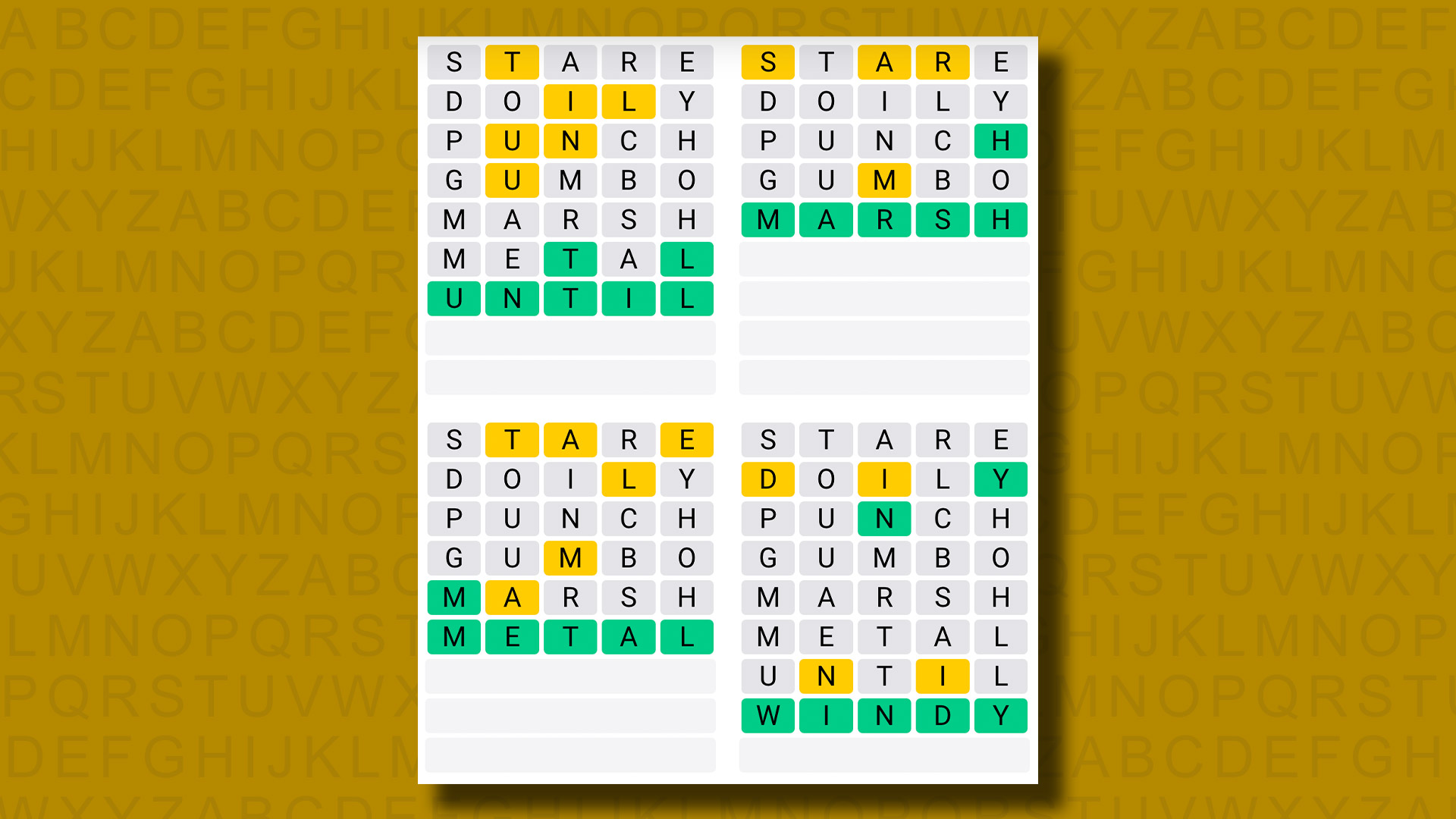


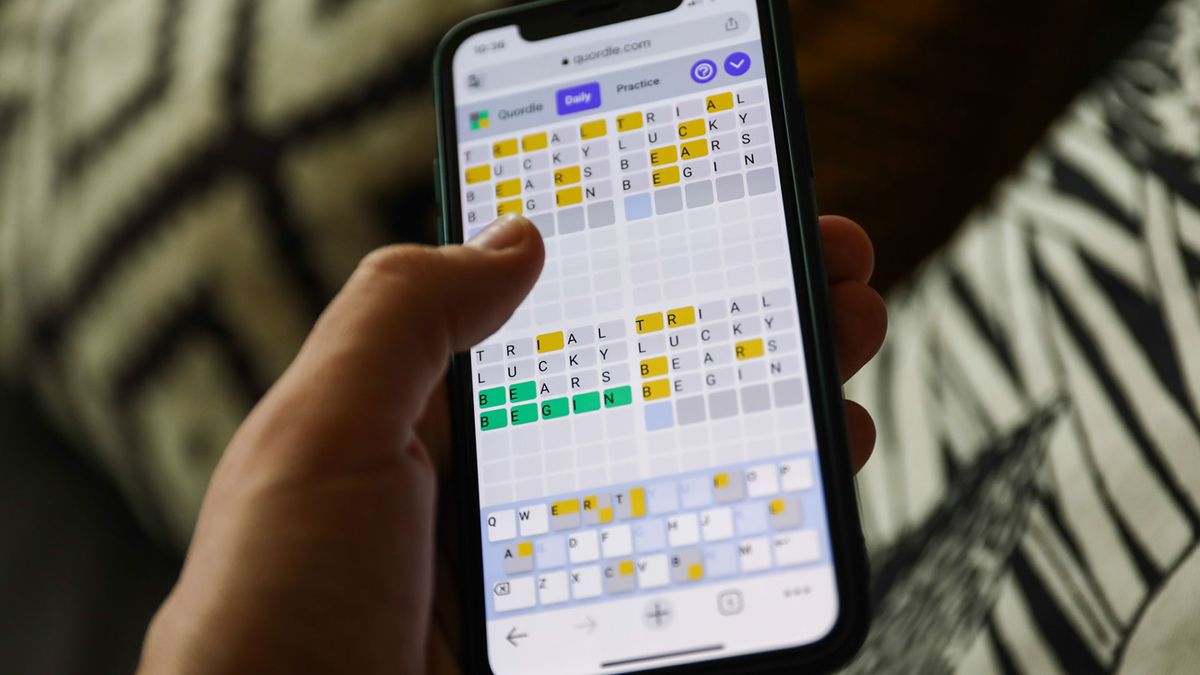
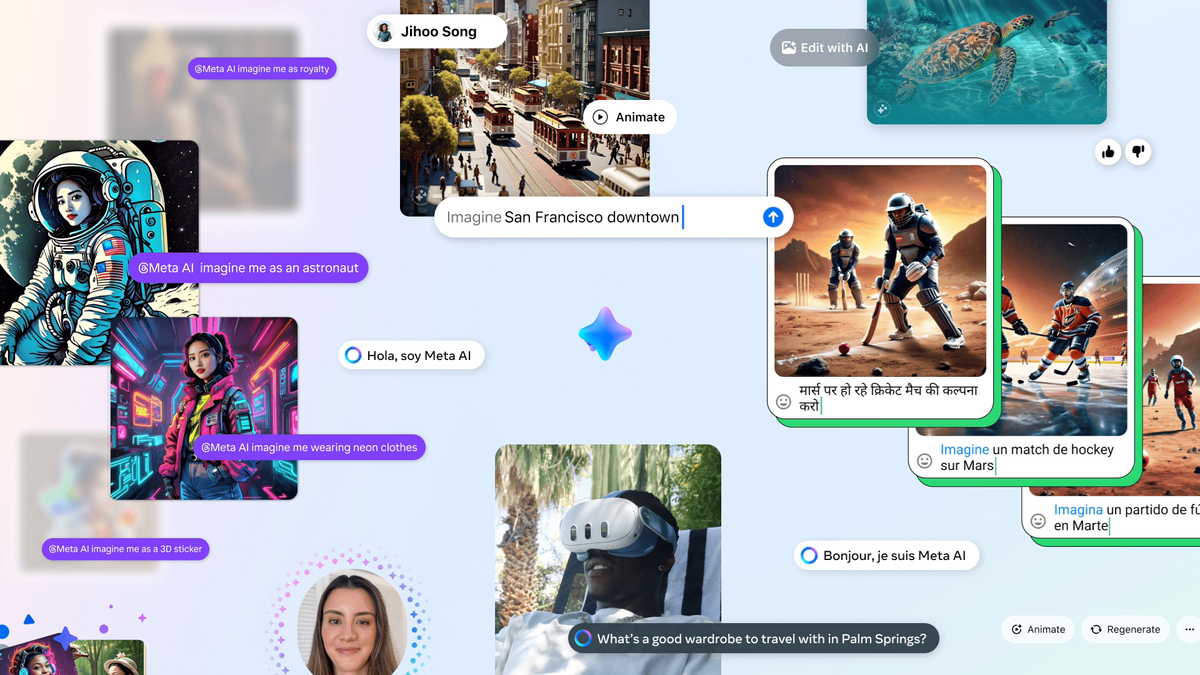


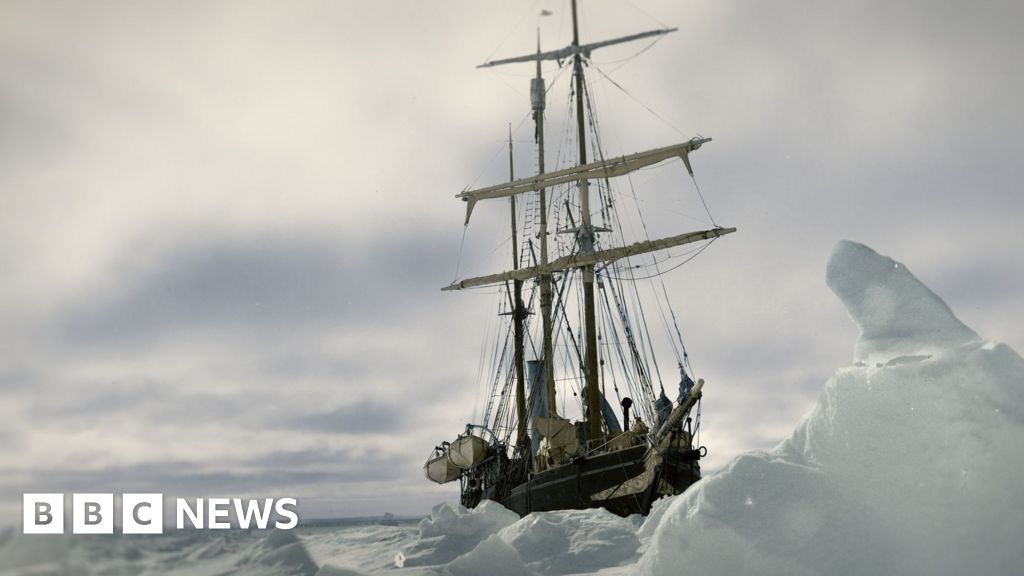

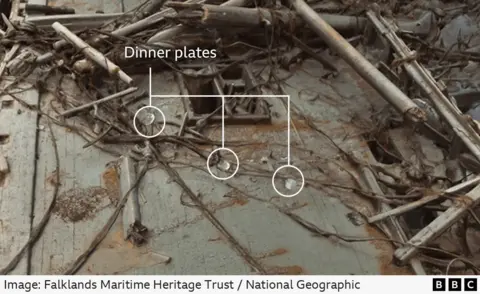

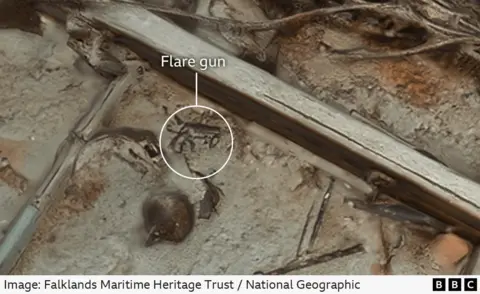

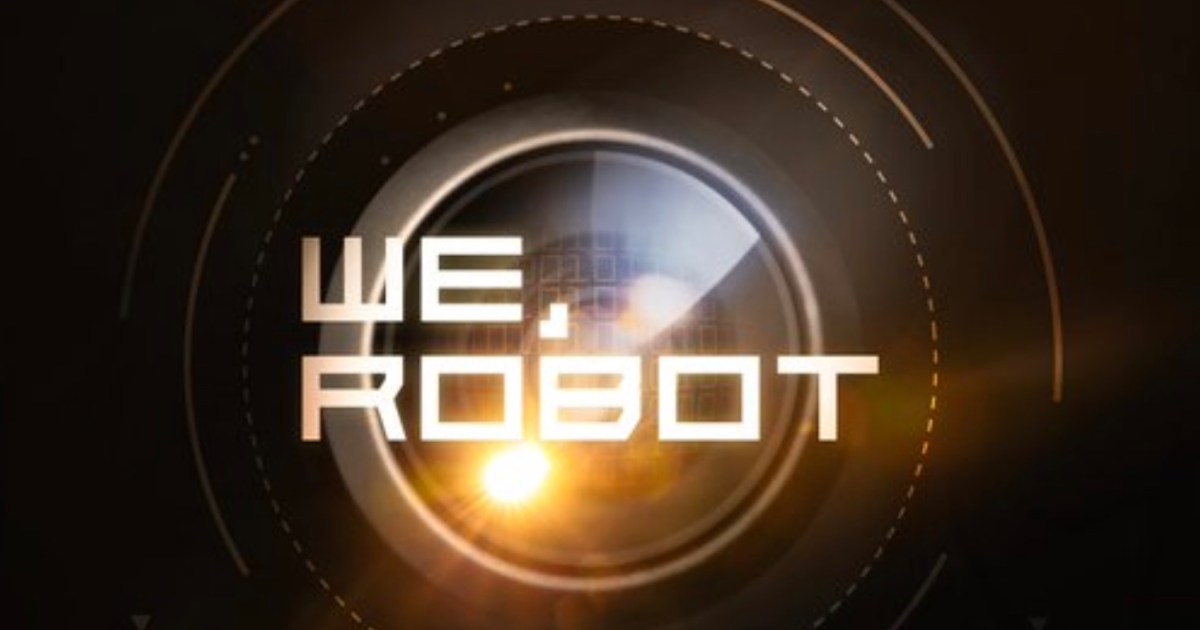

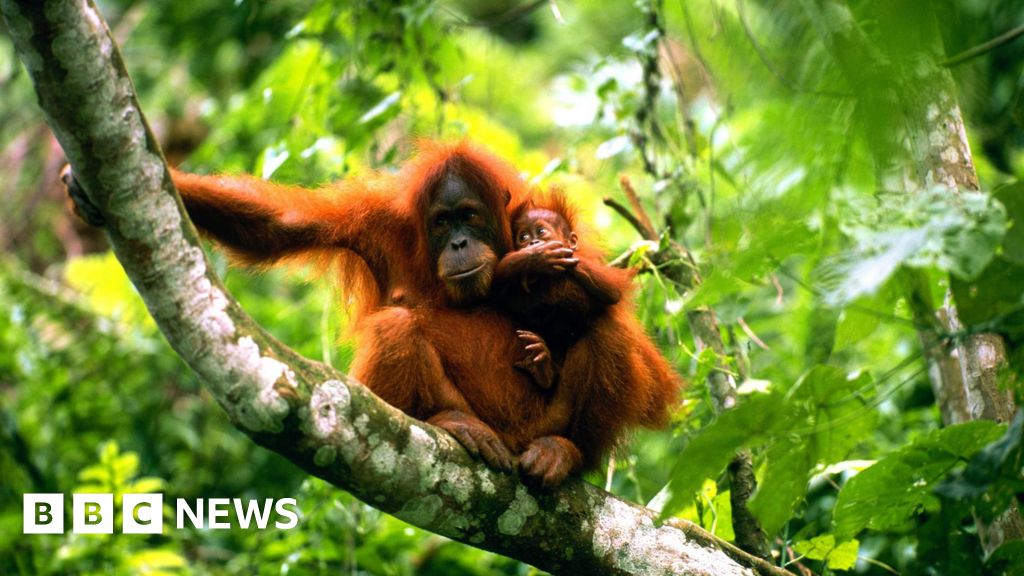
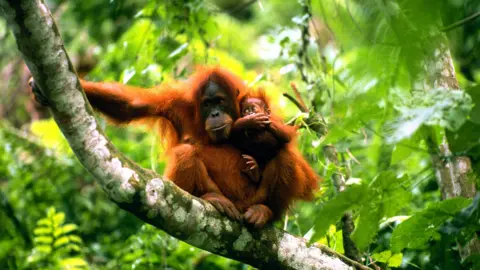

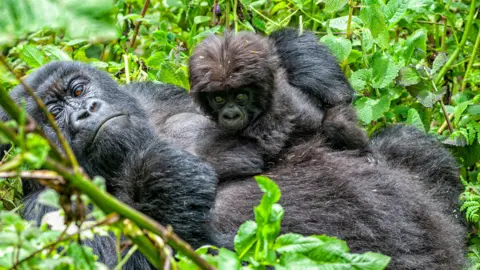
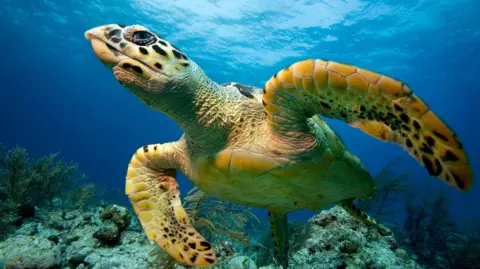

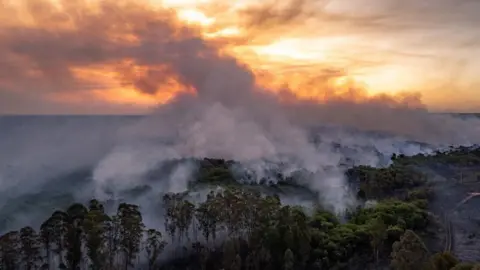
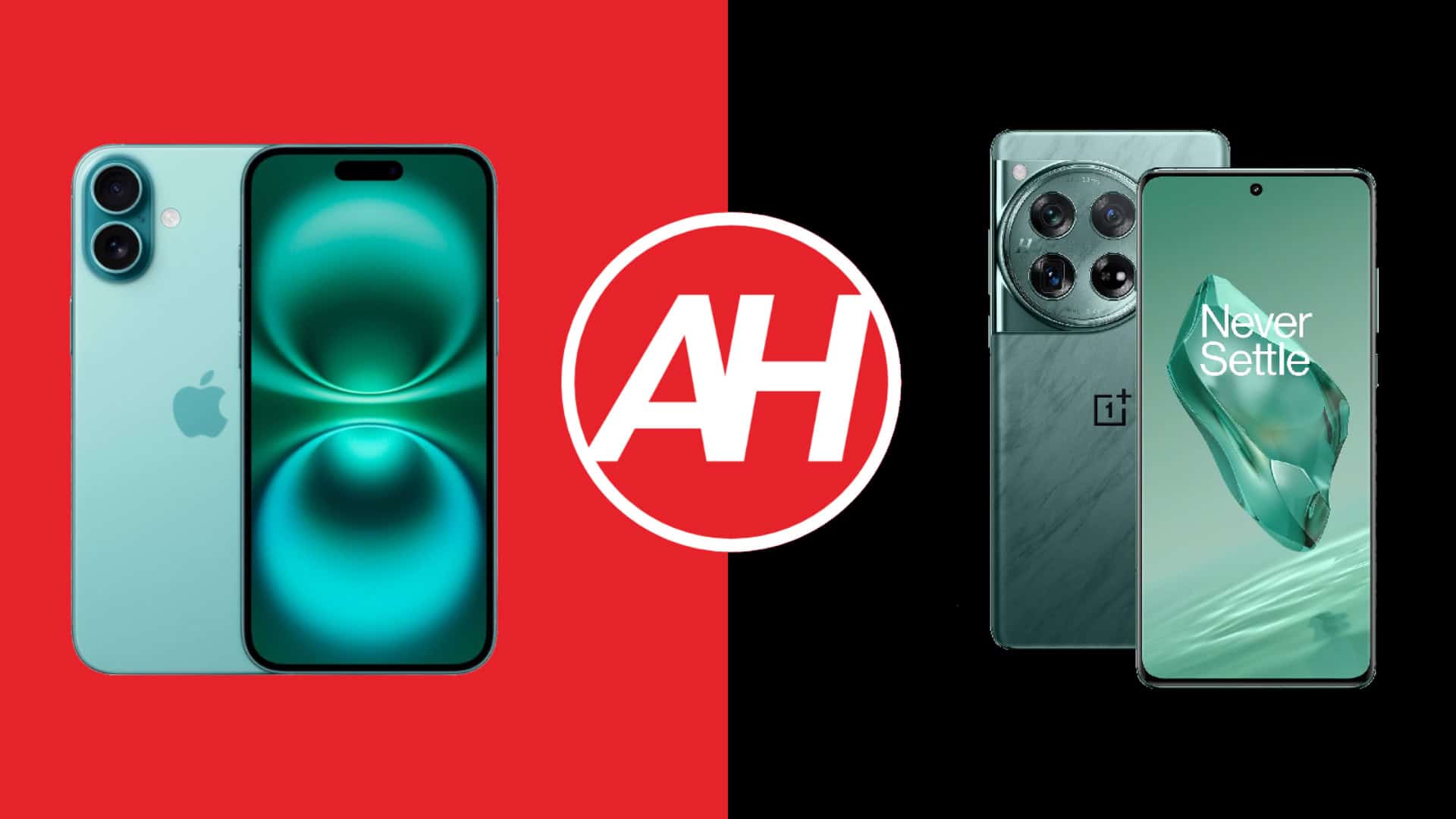































































































































You must be logged in to post a comment Login